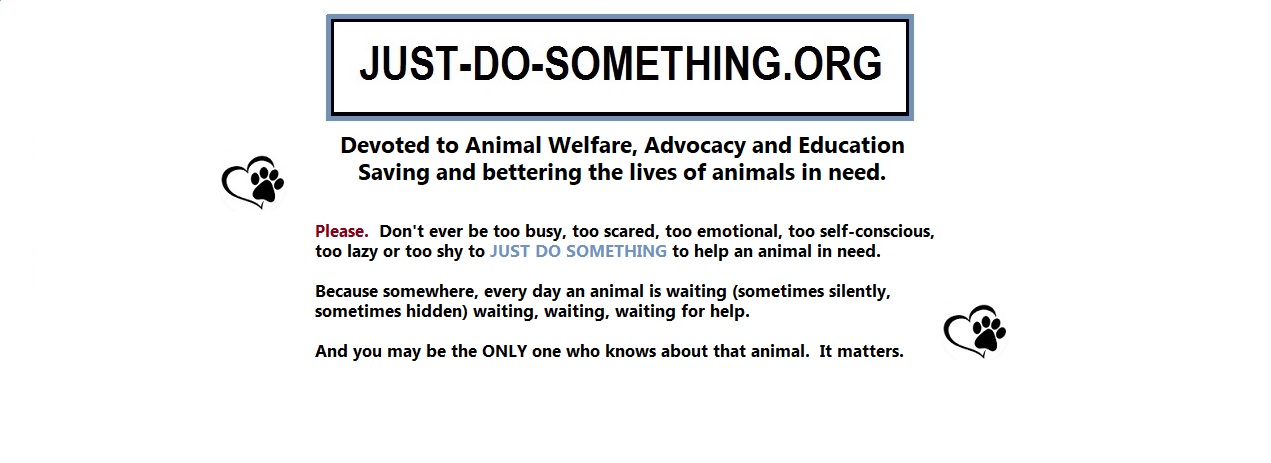June 5, 2014
Want to Save a Shelter Dog? Give It a Job
Before you Comment, take a moment to review our guidelines!
More and more groups are saving shelter dogs in a new way: by identifying dogs who have the potential to be working canines. This saves their lives and makes the world an easier place to navigate for the people with whom they are paired.
Best Friends Animal Society’s Canines with Careers program, run by animal behavior expert Sherry Woodard, teaches dog trainers and rescue groups—as well sheriff’s department personnel, prison staff, people who work with at-risk youth, and health care professionals—how to identify, screen, select, train, and place appropriate shelter and rescue dogs for career work.
Last year, Best Friends Animal Society and a team of committed people successfully placed more than 380 rescued canines in jobs that saved the dogs’ lives and benefited people. “There are millions of reasons for this program,” Woodard says. “Every day thousands of dogs are dying in shelters across the country, simply because they are homeless. At the same time, millions of people with psychiatric or physical disabilities don’t have the service dog they need. The Institute of Medicine estimates of the more than 40 million people with disabilities, only about one percent of those who could benefit from a service dog actually have one.”
Search and Rescue
Many search and rescue teams are without qualified dogs. Somewhere between 400,000 and 600,000 military veterans suffering post-traumatic stress disorder could benefit from having a service dog. And every year, about 25,000 U.S. children are diagnosed with autism and must endure a long wait for a trained dog to help them communicate and keep them safe.
Traditionally, the assumption has been that career dogs must be “purpose-bred,” utilizing purebred puppies placed in training between 18 and 24 months of age. Drawbacks include a high cost (between $10,000 and $40,000 per dog), a 50 percent failure rate of dogs who aren’t suited to be career dogs, and long waiting lists.
In Missouri, Heddie Leger, a certified dog trainer and owner of The Paw Zone, was one of the first dog trainers to work with the State of Missouri Department of Corrections in Puppies for Parole, a highly successful program through which selected offenders have the opportunity to become trainers for dogs from local shelters. Dogs that are in danger of being killed are often participants in these programs.
The program has spread to almost every prison in the state, making Missouri the national leader in this type of program. More than 2,000 dogs have been adopted. Leger works with offender handlers in three different Missouri facilities, and collaborates with shelters in several different communities in rural Northwest Missouri, where dogs are often considered a disposable commodity.
One woman who received a dog through Puppies for Parole and Canines with Careers has been very pleased with the positive improvements the dog, “Gabby,” has brought to her life. Sandra Jones, who lives in Cheyenne, WY, submitted an application through Best Friends’ Canines with Careers program and contacted Woodard about needing a dog to help her with balance issues (Jones has multiple sclerosis). Leger identified a boxer mix from the Cameron Animal Shelter, admitted to the Missouri Puppies for Parole Program for training, who she believed could potentially provide the necessary help that Sandra needed.
Woodard says, “Sandra’s description of what she needed in a service dog points out that it is the dog’s individual traits rather than breed that determines its suitability for the job. Among the traits she needed in her dog were: ‘rock-solid nerves, obeying even in the midst of chaos, intelligence, abundance of good common sense, and a strong desire to please.’”
Another person who has benefited from Canines with Careers is disabled veteran Ted Martello. Martello was wounded during a tour of duty in Iraq and suffers from post-traumatic stress syndrome and traumatic brain injury. He lives in Flagstaff, AZ, and works as a local veteran’s employment representative to help other disabled veterans find work.
“I called Sherry and told her what my situation was,” he says. “I would not go out in public except for work and it was too overwhelming being around crowds. She sent me photos and descriptions of three dogs and I knew Buster was the right one.”
Buster was a Chow mix who lived at Best Friends Animal Sanctuary, where Woodard had identified his potential and started working with him. Martello drove to Best Friends’ sanctuary in Kanab, Utah, where Woodard introduced him to his new service dog.
Today, Martello is experiencing a big difference in how he feels. “Now Buster is my little buddy, and if I get upset, he calms me down by nudging my hand, which distracts me enough to stop the bad feelings. And because I have to walk him, it helps me to interact with people. Everybody in town knows Buster. If I’m having nightmares he wakes me up. To put it bluntly, if I didn’t have Buster, I wouldn’t be here.”
Woodard has a clear vision of the future: “Best Friends and other organizations with similar programs hope to fundamentally change the career dog field by providing a compassionate, less time-consuming and more cost-effective alternative to the traditional model. People’s lives will be enriched, and dogs previously without any future are now saved.”
Michele C. Hollow writes the animal advocacy blog Pet News and Views. She also writes investigative animal stories for Who What Why. She is the author of The Everything Guide to Working with Animals. You can follow her at Twitter.










Such important info, and I’m happy to see you’ve blogged on this subject. Best wishes